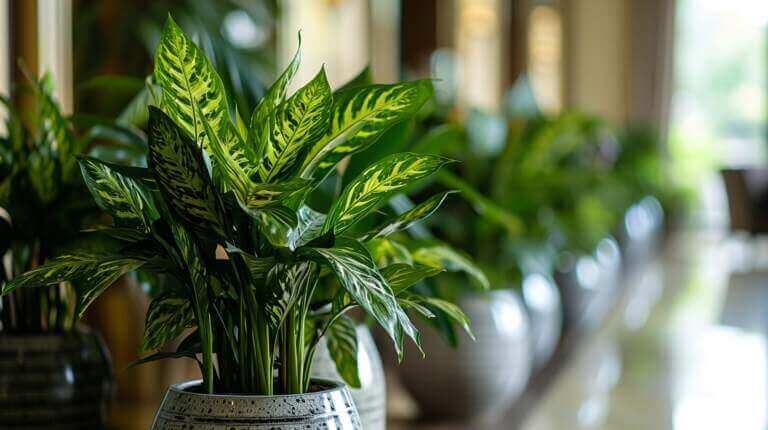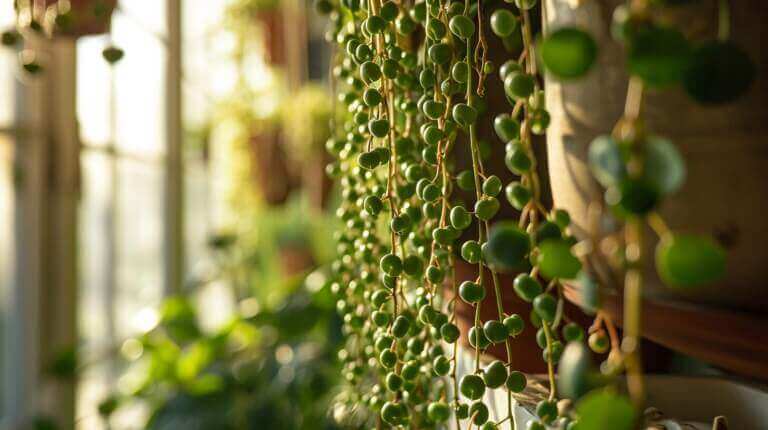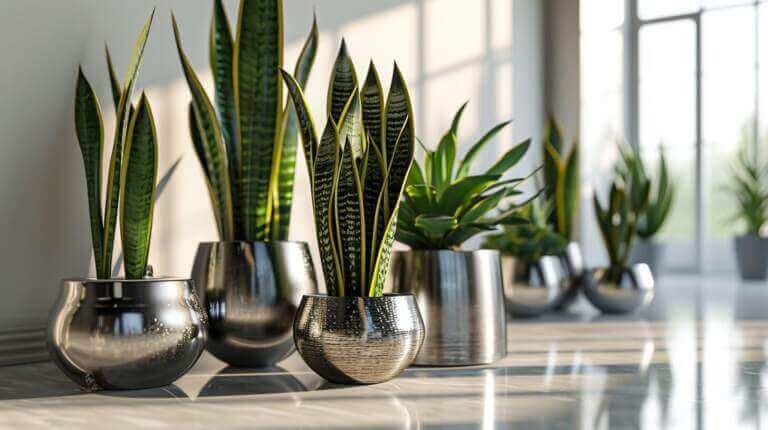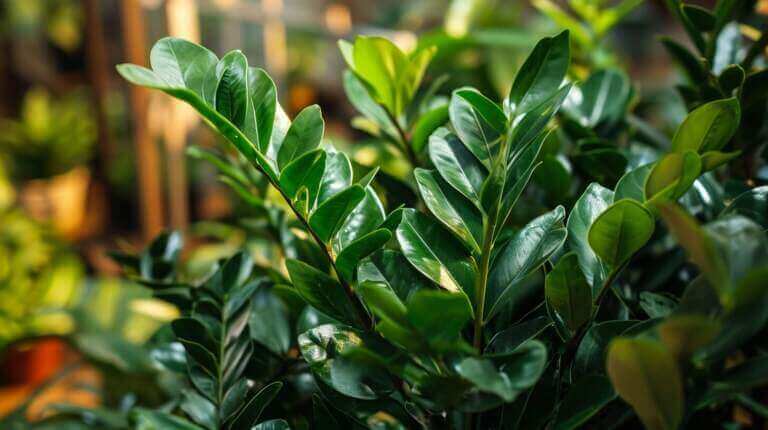How To Ship African Violet Plants and Cuttings Properly
Shipping African violet plants and cuttings can be a delicate process, but with the right care and precautions, it can be done successfully. In this article, I will explore the necessary steps and supplies needed to ship African violet plants and cuttings properly. Whether you are a plant lover looking to share your favorite varieties or a seller looking to ship to customers, these tips will help ensure the safe transit of your precious flora.
Key Takeaways:
- Shipping African violet plants and cuttings requires careful attention to packaging and addressing.
- Choose sturdy shipping boxes and cushioning materials to protect the plants during transit.
- Properly label the packages with the recipient’s address and your return address.
- Research and choose a reliable shipping service that offers suitable options for your needs.
- Track the packages and consider options like delivery confirmation for added security.
Supplies and Equipment Needed
When it comes to shipping African violet plants and cuttings, having the right supplies and equipment is crucial for ensuring a safe and successful delivery. Here is a list of essential items you will need:
- Shipping boxes: Choose sturdy boxes that are large enough to accommodate the plants or cuttings without crushing them.
- Bubble wrap or packing paper: Use these cushioning materials to provide protection and prevent any movement during transit.
- Tape: Securely seal the boxes to keep them intact during shipping.
- Shipping labels: Clearly label each package with the recipient’s address and your return address.
- Marker: Use a marker to write legibly on the shipping labels, ensuring the addresses are easily readable.
By having these supplies and equipment on hand, you will be well-prepared to package and ship your African violet plants and cuttings with care.
Packaging Materials and Box Selection
Choosing the right packaging materials and boxes is essential for the safe transportation of African violet plants and cuttings. Here are some tips:
- Select sturdy shipping boxes that are slightly larger than the size of the plants or cuttings.
- Line the bottom of the boxes with bubble wrap or packing peanuts to provide cushioning.
- Wrap individual plants or cuttings in damp paper towels or place them in plastic bags to keep them hydrated.
- Add additional cushioning materials around the plants, ensuring they are secure and protected.
- Close the boxes securely with tape to prevent any accidental opening during transit.
Labeling and Addressing Instructions
Properly labeling and addressing your packages is essential to ensure they reach their intended destinations without any issues. Follow these guidelines:
- Write the recipient’s address clearly and accurately on the shipping label.
- Include your return address on the package as well.
- Ensure the shipping label is securely attached to the box to avoid any accidental detachment during transit.
- Consider using a waterproof label or protecting the label with clear tape for added durability.
Packaging African Violet Plants and Cuttings
When it comes to packaging African violet plants and cuttings for shipping, proper care and attention to detail are key. By following the right techniques and using suitable cushioning materials, you can ensure the safe transit of these delicate plants. Here are some essential steps to package African violet plants and cuttings securely:
- First, place the plants or cuttings in a plastic bag or wrap them in damp paper towels. This will help keep them hydrated during the shipping process.
- Next, select a sturdy shipping box that is large enough to accommodate the plants or cuttings without them being squeezed or damaged. Ensure there is enough space for cushioning materials as well.
- Before placing the plants in the box, add ample cushioning materials such as bubble wrap or packing peanuts. These will provide protection against any impact or movement during transit.
- Gently place the plants or cuttings in the box, making sure they are snugly held in place by the cushioning materials. Secure the box with tape to prevent it from opening during shipping.
Table: Suitable Cushioning Materials for Packaging African Violet Plants and Cuttings
| Cushioning Material | Advantages | Disadvantages |
|---|---|---|
| Bubble Wrap | Provides excellent protection against impact and vibration. Lightweight and easy to use. | Non-biodegradable and can take up space in the shipping box. |
| Packing Peanuts | Effectively fills empty spaces in the box and provides cushioning. Can be reused or recycled. | Static electricity can cause them to cling to plants and create a mess during unpacking. |
| Packing Paper | Offers gentle cushioning for delicate plants. Biodegradable and environmentally friendly. | Requires more wrapping and careful placement to provide adequate protection. |
Labeling and Addressing Packages
When it comes to shipping African violet plants and cuttings, proper labeling and addressing of packages is essential. This ensures that the packages reach their intended recipients without any issues or delays. Here are some important tips for labeling and addressing your packages:
- Use shipping labels: Instead of hand-writing the addresses, it is recommended to use shipping labels. This helps create a professional and clear appearance, reducing the chances of any confusion or errors.
- Include the recipient’s address: Make sure to clearly write the recipient’s address on the shipping label. Double-check the address for accuracy to avoid any delivery mishaps.
- Don’t forget the return address: It’s crucial to include your return address on the shipping label as well. This way, in case the package cannot be delivered or needs to be returned, it can be easily sent back to you.
- Secure the labels properly: Ensure that the shipping labels are securely attached to the package. Use strong adhesive or clear tape to prevent the labels from getting damaged or detached during transit.
The example above demonstrates the proper format for filling out a shipping label. Remember to fill in the recipient’s name and address, as well as your own return address. This way, your packages will be labeled correctly and ready for a smooth and successful delivery.
| Recipient’s Name | Recipient’s Address | Return Address |
|---|---|---|
| John Smith | 123 Main Street, Anytown, USA | Jane Doe, 456 Elm Avenue, Anycity, USA |
Choosing a Shipping Service
When shipping African violet plants and cuttings, selecting the right shipping service is crucial for a smooth and successful delivery. There are several factors to consider when choosing a shipping service, including the available shipping options, delivery time, and special requirements for shipping plants.
Start by researching different shipping providers to compare their services. Look for providers that offer specific options for shipping delicate plants like African violets. Consider the delivery time, especially if you need the plants to reach their destination quickly. Some services offer expedited shipping options for faster delivery, while others may have more affordable standard shipping rates.
Another important consideration is the reliability and reputation of the shipping service. Look for customer reviews and ratings to get a sense of their track record for delivering packages safely and on time. You may also want to consider services that offer package tracking, so you can monitor the progress of your shipment and ensure it arrives as scheduled.
Choosing the Right Shipping Service: Key Factors
- Available shipping options
- Delivery time
- Special requirements for shipping plants
- Reliability and reputation of the shipping service
- Package tracking
By carefully evaluating these factors, you can choose a shipping service that meets your needs and provides a reliable and efficient solution for shipping African violet plants and cuttings.
Table: Comparison of Shipping Services
| Shipping Service | Available Options | Delivery Time | Plant-Specific Requirements | Package Tracking |
|---|---|---|---|---|
| Service A | Standard, Expedited | 1-3 days (Expedited), 5-7 days (Standard) | Adequate packaging required | Yes |
| Service B | Express, Priority, Ground | Next business day (Express), 1-3 days (Priority), 5-7 days (Ground) | Cushioning and hydration recommendations | Yes |
| Service C | Standard, Economy | 3-5 days (Standard), 7-10 days (Economy) | Adequate ventilation and temperature control | Yes |
Note: The above table provides a general comparison, and actual service offerings may vary. It is important to conduct further research and contact the shipping services directly for the most up-to-date information.
Packaging Tips for Successful Shipping of African Violet Plants and Cuttings
When it comes to shipping delicate African violet plants and cuttings, proper packaging is key to ensuring their safe arrival. Here are some tips to help you protect your plants during shipping and ensure a successful delivery:
- Choose secure packaging materials: Select sturdy boxes and packaging materials such as bubble wrap or packing paper to provide cushioning and prevent any movement during transit.
- Wrap plants or cuttings carefully: Place the plants or cuttings in a plastic bag or wrap them in damp paper towels to keep them hydrated. This will help maintain their freshness and prevent dehydration during the shipping process.
- Protect vulnerable leaves and stems: To prevent any damage to the delicate leaves and stems, use additional cushioning materials such as tissue paper or foam padding to provide extra support.
- Label the package clearly: Properly label the package with the recipient’s address and your return address. This will ensure that the package is delivered to the right location and allow for easy identification in case of any issues.
| Shipping Tips | Benefits |
|---|---|
| Choose secure packaging materials | Prevents damage from impact and movement during transit |
| Wrap plants or cuttings carefully | Keeps plants properly hydrated during shipping |
| Protect vulnerable leaves and stems | Prevents damage to delicate plant parts |
| Label the package clearly | Ensures proper delivery and easy identification |
FAQ
What supplies and equipment do I need to ship African violet plants and cuttings?
You will need shipping boxes, bubble wrap or packing paper, tape, shipping labels, and a marker for labeling the packages.
How should I package African violet plants and cuttings for shipping?
Place the plants or cuttings in a plastic bag or wrap them in damp paper towels. Then, carefully place them in the shipping box with ample cushioning materials such as bubble wrap or packing peanuts.
How should I label and address the packages when shipping African violet plants and cuttings?
Clearly write the recipient’s address and your return address on the shipping label. Make sure the labels are securely attached to the package.
What should I consider when choosing a shipping service for African violet plants and cuttings?
Consider the delivery time, cost, and any specific requirements for shipping plants. Research different shipping providers and compare their services to find the best option for your specific shipment.
Do you have any packaging tips for shipping African violet plants and cuttings?
Protect the plants during shipping by following these tips: use sturdy boxes and packaging materials, provide proper cushioning, and secure the packaging to prevent damage.
How can I track the packages and ensure they are delivered on time?
Use the tracking number provided by the shipping service to monitor the progress of the shipment. Consider opting for delivery confirmation or requiring a signature upon delivery for added security.







